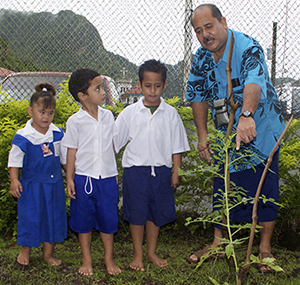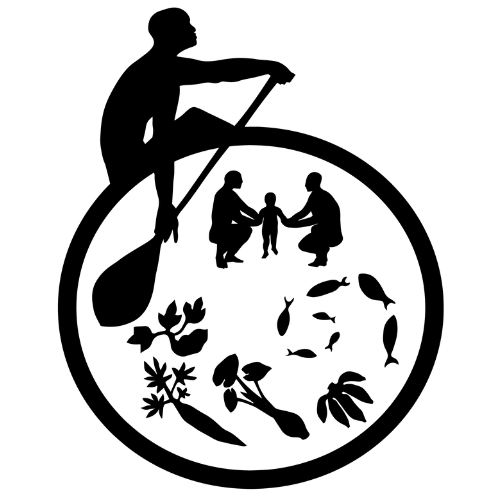
Assistant Program Director, CHL Lead Site Co-PI
Institution: American Samoa Community College (ASCC)
Education:
- BS: Agricultural Sciences and Management, University of California at Davis (UC-Davis)
- MS: Agricultural Extension Education, Colorado State University (CSU)
What early experiences influenced you to work in childhood obesity prevention?
Working as ASCC-CNR Extension Program Coordinator for more than 20 years provided me with the opportunities to see first-hand the challenges and problems in educating the mothers (homemakers), 4-H youth and leaders, parents, and community residents about growing and consuming nutritious foods (especially local produce). Additionally, engaging the community residents to promote and participate in physical activities at schools, churches, villages, and homes was a challenge. I look at CHL as a blessing in terms of providing human, fiscal, and capital resources to revitalize and sustain our efforts at ASCC in preventing childhood obesity in American Samoa.
What advice would you give high school or undergraduate students that want to get into your professional field?
I would continue to advise the high school students and undergraduates to pursue majors in the areas of nutrition, diet, health education, exercise physiology, food science, public health, and other related fields. Moreover, I would encourage the Samoan college graduates in the aforementioned areas to return to American Samoa and help serve our people.
What do you think the Pacific Islanders will gain from the CHL program?
The Pacific Islanders will gain research-based knowledge and skills in the areas of data management systems, effective intervention activities/tools, policies, networks, partnerships, and community empowerment and leadership strategies to sustain our efforts in addressing the childhood obesity epidemic. Moreover, participating jurisdictions will have trained professionals who will return to their respective islands and serve the Pacific islanders.
What does an average day look like for you?
Get up, say Morning Prayer, walk around house for 40-60 minutes, and drive to work. At work: attend meetings and conference calls, review calendar of CHL measurements, intervention activities, role model trainings, and related activities. Conduct trainings, facilitate meetings, compile reports, administrative paper work, and check emails. After work: family work at small farm, attend church services (MWF), extended family meetings, family prayer service, dinner, nuclear family time, and rest.
What advice would you give caregivers of young children about best lifelong health practices related to CHL-connected efforts?
We are role models and we must live and model the six CHL Healthy Behaviors every day!
What do you love about where you live (island, state)
?
I love our environment, people, family system, language, culture, and church.
